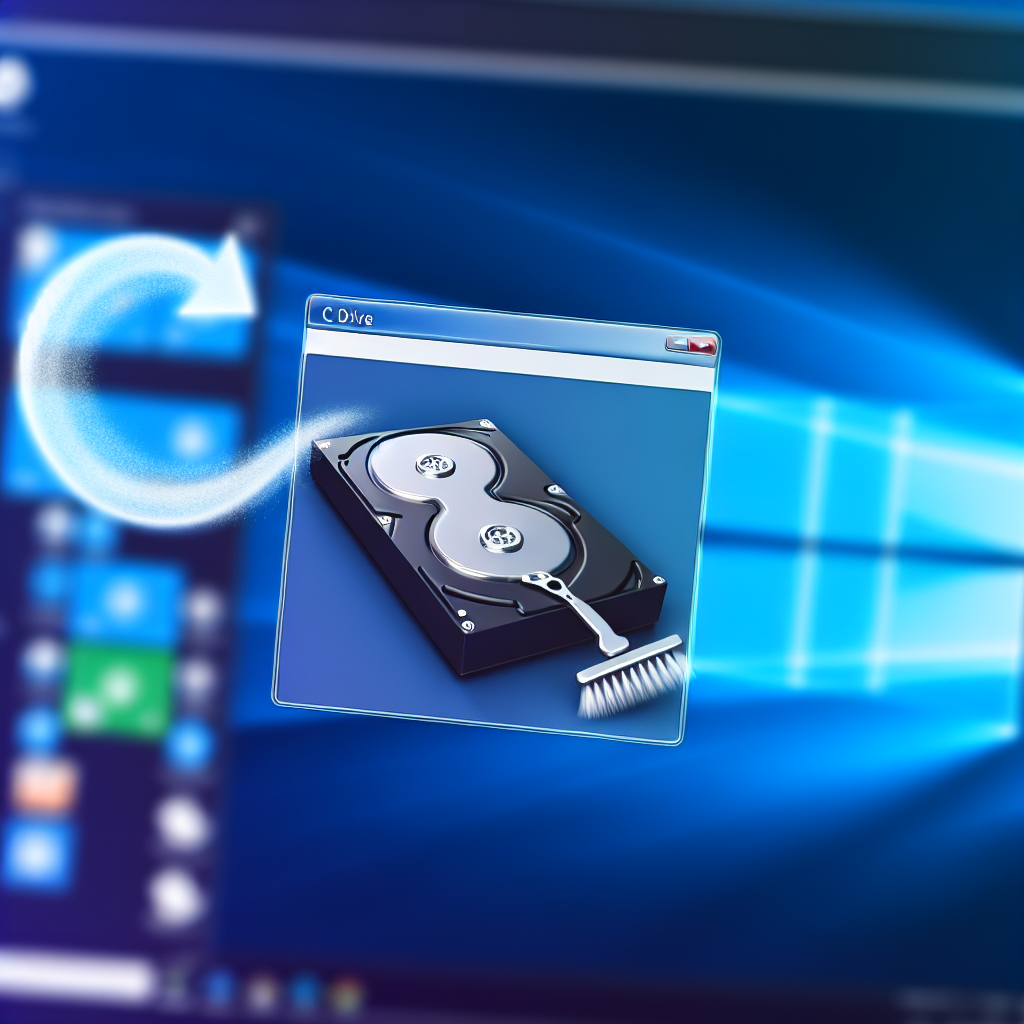Finding ways to clean your C Drive efficiently is essential for maintaining optimal system performance on Windows 10. Whether you’re running out of space or just want a faster, more responsive PC, there are effective strategies to free up disk space quickly. In this article, we’ll explore practical methods to help you clean your C Drive in no time.
Identify and Remove Unnecessary Files for Faster Cleaning
The first step to clean your C Drive effectively is identifying what’s taking up space. Over time, your system accumulates various unnecessary files that can be safely deleted without affecting your workflow.
1. Use Built-in Windows Storage Tools: Windows 10 offers a powerful feature called Storage Sense, which automatically scans and deletes temporary files, system cache, and other unnecessary data. To enable it, go to Settings > System > Storage and turn on Storage Sense. You can customize what files are deleted and how often it runs.
2. Analyze Disk Usage: Use tools like Disk Cleanup or third-party applications like WinDirStat to get a visual representation of where the disk space is being consumed. This helps you identify large files, old backups, or unused installations that can be deleted.
3. Delete Unneeded Files: Clear out downloads, temporary internet files, old system restore points, and log files. Be cautious when deleting system files; always prefer tools that identify safe deletions to prevent accidental removal of essential components.
Streamline Your System with Advanced Cleanup Techniques
Once you’ve identified unnecessary files, use advanced techniques to free up space more effectively and speed up your system.
- Disable Hibernation: Hibernation reserves disk space equivalent to your RAM size. If you don’t use hibernate mode, disable it via Command Prompt by running
powercfg -h off. This will delete the hibernation file, freeing several gigabytes of space. - Manage System Restore Points: Reduce the space allocated for system restore or delete old restore points manually through System Properties > System Protection. Be cautious, as deleting restore points will limit your ability to revert to previous states.
- Clear the WinSxS Folder: The WinSxS folder stores backup files necessary for Windows updates. Use the command
Disk Cleanup > Cleanup system filesand select Windows Update Cleanup to remove outdated files. This can free up significant space without impacting system stability.
Regular maintenance of your disk not only frees up space but keeps your Windows 10 running smoothly. Combining automated tools with manual cleanup techniques ensures your C Drive remains optimized and your system responsive.
Conclusion
Efficiently cleaning your C Drive on Windows 10 involves identifying unnecessary files, utilizing built-in tools like Storage Sense and Disk Cleanup, and applying advanced techniques such as disabling hibernation and managing restore points. By following these steps, you can free up disk space quickly and improve your PC’s performance. Regular maintenance ensures your system stays fast and responsive for everyday tasks.
